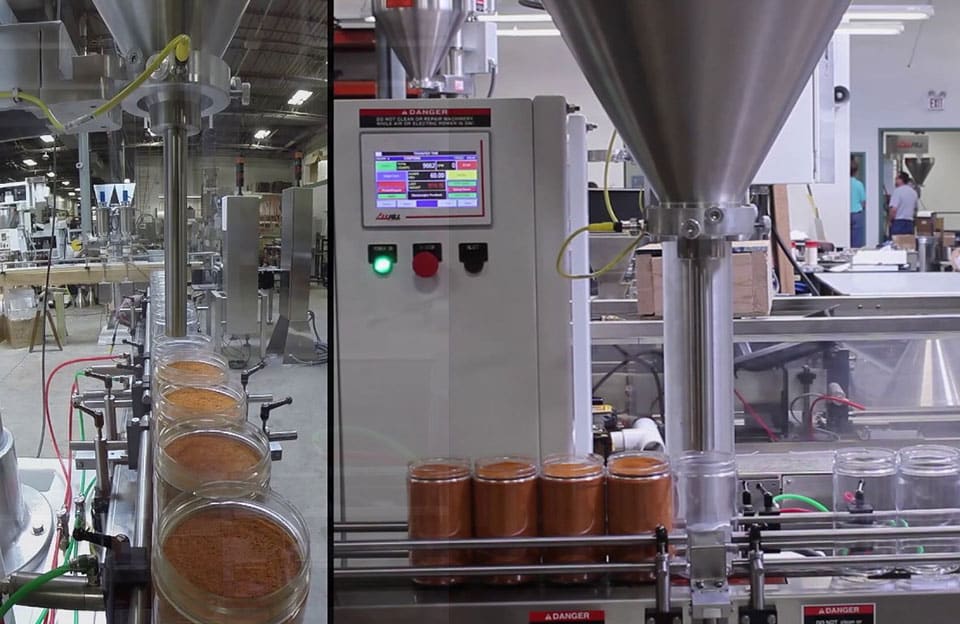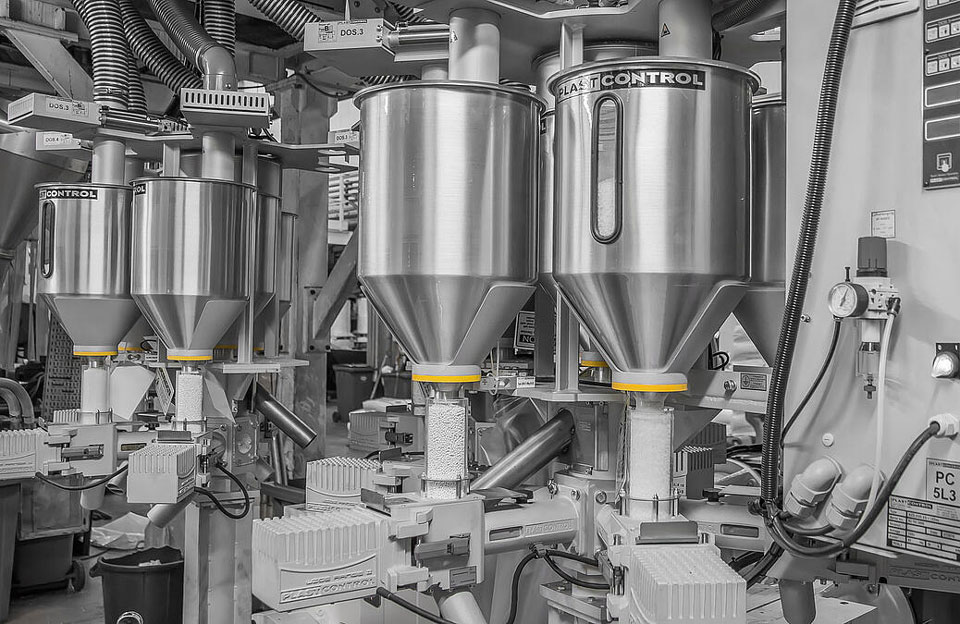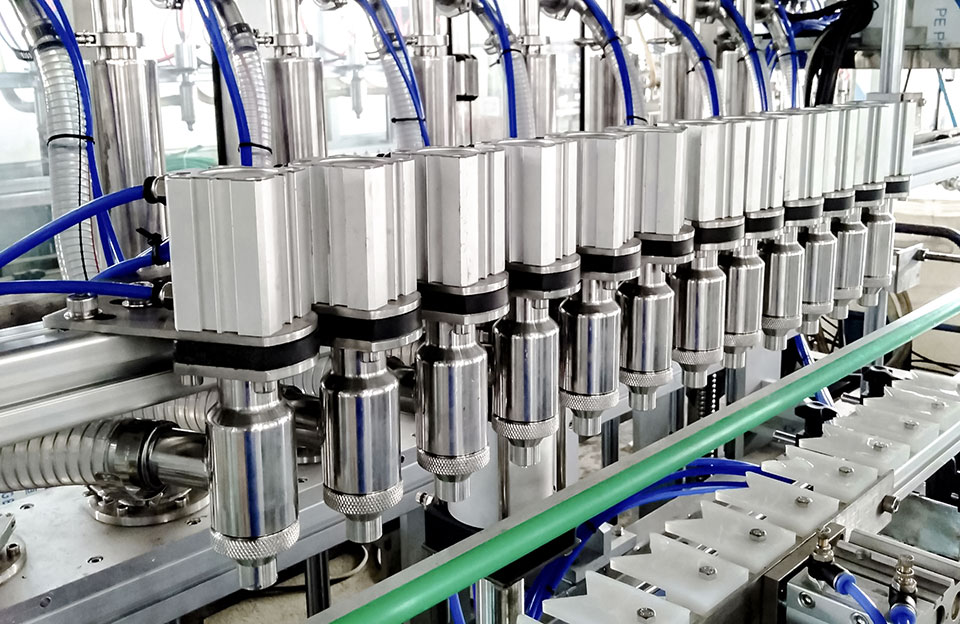The powder filling machine is a device that quantitatively fills the material into the package according to the predetermined weight. It is suitable for various materials, such as additives, milk powder, starch, condiments, feed and other powdery and granular materials. It has the characteristics of high precision, accurate measurement and good quality.
Some problems may occur during the operation of mechanical products, so how to effectively solve these problems is very important to prolong the machine’s service life.
Common Problems During the Use of Powder Filling Machine
During the use of a powder filling machine, several common problems can occur. Here are some of the issues you may encounter:
- Powder Leakage: One of the most common problems is powder leakage from the machine. This can happen due to improper sealing or faulty gaskets.
- Inconsistent Fill Weights: If the variations in the fill weights of the powder, it could be due to issues with the machine’s calibration or the feeding mechanism.
- Dust Accumulation: Powder filling machines can generate significant dust during operation. Dust accumulation can lead to blockages or affect the accuracy of the filling process.
- Clogging or Blockages: Blockages in the powder filling machine can disrupt the powder flow, resulting in inconsistent filling or even machine downtime.
- Electrostatic Clinging: Some powders can develop electrostatic charges, causing them to cling to surfaces within the machine. This can lead to powder accumulation and uneven filling.
- Incorrect Powder Flow: Powder flow problems can occur if the powder is too dense or the feeding mechanism needs to be adjusted appropriately.
- Contamination: Contamination can occur if residues or foreign particles are in the powder or the machine itself.
- Machine Jamming: In some cases, the machine may experience jamming, where the powder gets stuck or does not flow properly. This can happen due to improper adjustments, worn-out parts, or mechanical issues.
Corresponding Solutions for the Problems
Here are corresponding solutions for the common problems encountered during the use of a powder filling machine:
- Powder Leakage: Check the seals and gaskets for damage and replace them if necessary. Ensure proper alignment and tightness of all connections and fasteners, and adjust the sealing mechanism to provide an effective seal.
- Inconsistent Fill Weights: Calibrate the machine regularly according to the manufacturer’s instructions, and check the feeding mechanism for any obstructions or inconsistencies. Adjust the feeding speed or mechanism to achieve consistent fill weights.
- Dust Accumulation: Regularly clean the machine, paying attention to the feeding and discharge areas. Install dust collection systems or use vacuum attachments to minimize dust. Consider using dust containment measures, such as dust covers or enclosures.
- Clogging or Blockages: Inspect the feeding mechanism, hoppers, and filling tubes for clogs or blockages, clear any obstructions and ensure smooth powder flow, and adjust the feeding mechanism or change the design if necessary to prevent clogging.
- Electrostatic Clinging: Use anti-static measures, such as ionizing equipment, to neutralize electrostatic charges. Consider using conducting materials or liners to minimize the buildup of static electricity. Optimize the design of the machine to minimize areas where powder can accumulate due to static cling.
- Incorrect Powder Flow: Ensure that the powder being used has the appropriate characteristics for the machine, and adjust the feeding mechanism, such as auger speed or vibration, to facilitate proper flow. Use flow aids, such as vibrators or air jets, to improve powder flow.
- Contamination: Use high-quality, clean powders that are free from contaminants. Implement strict hygiene practices, including regular cleaning of the machine and its components, and install filters or screens to prevent foreign particles from entering the filling process.
- Machine Jamming: Inspect the machine for worn-out or damaged parts and replace them as needed. Lubricate moving parts to ensure smooth operation and adjust the machine settings or feeding mechanism to avoid overloading and jamming.
Conclusion
Mechanical products may encounter some problems during use. Knowing the relevant solutions can effectively solve the problems, better maintain the machine, and ensure regular operation.


